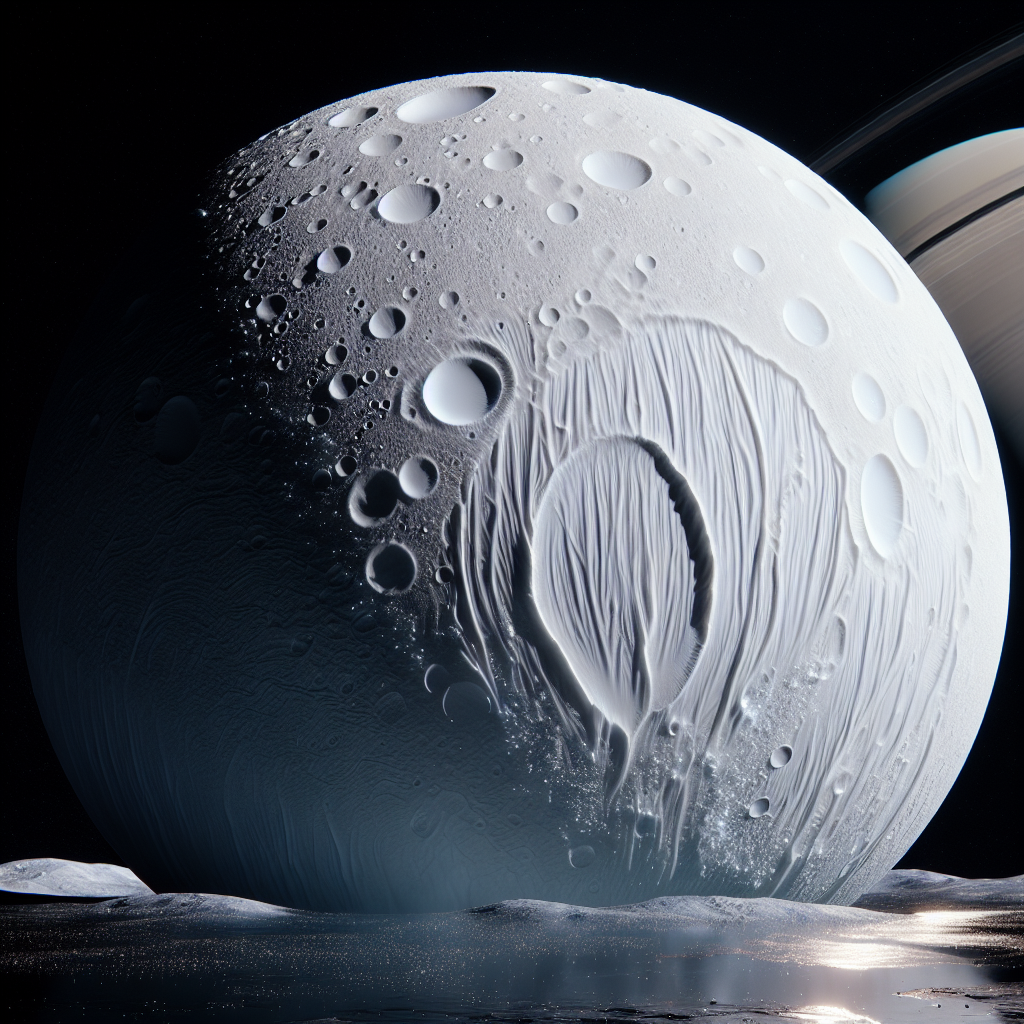Enceladus: A Glimpse into Saturn's Icy Ocean Reveals More Clues to Potential Life
NASA's Cassini spacecraft data indicates Saturn's moon Enceladus hosts complex organic molecules in jets from its subsurface ocean, hinting at potential habitability. While no life was found, necessary elements exist. Enceladus is a prime target for future missions exploring extraterrestrial life possibilities.

Recent analysis of data from NASA's Cassini spacecraft has revealed new insights into the potential habitability of Saturn's moon Enceladus, uncovering complex organic molecules in the icy plumes emitted from its subsurface ocean. This discovery enhances the moon's status as a promising subject in the search for extraterrestrial life.
During Cassini's 2008 flyby, the spacecraft traversed the moon's erupting plumes, allowing researchers to identify organic molecules, including amino acid precursors, not previously detected. These molecules, primarily carbon-based, could theoretically contribute to life-forming processes under suitable conditions.
Khawaja, the study's lead author, emphasized that while these organic compounds can form without biological processes, their presence, along with liquid water and energy sources, positions Enceladus as a key location for future missions investigating life beyond Earth.
(With inputs from agencies.)










